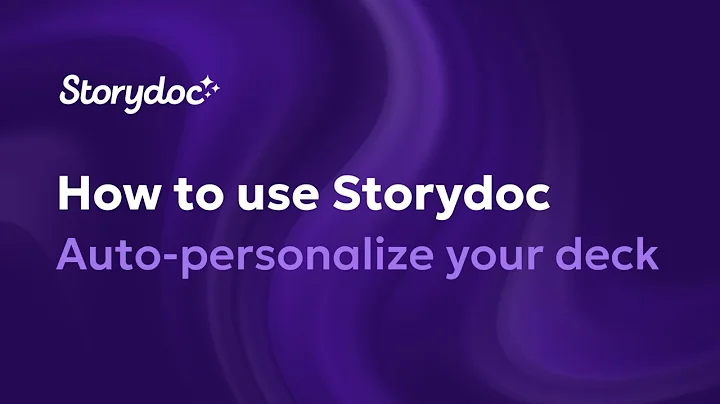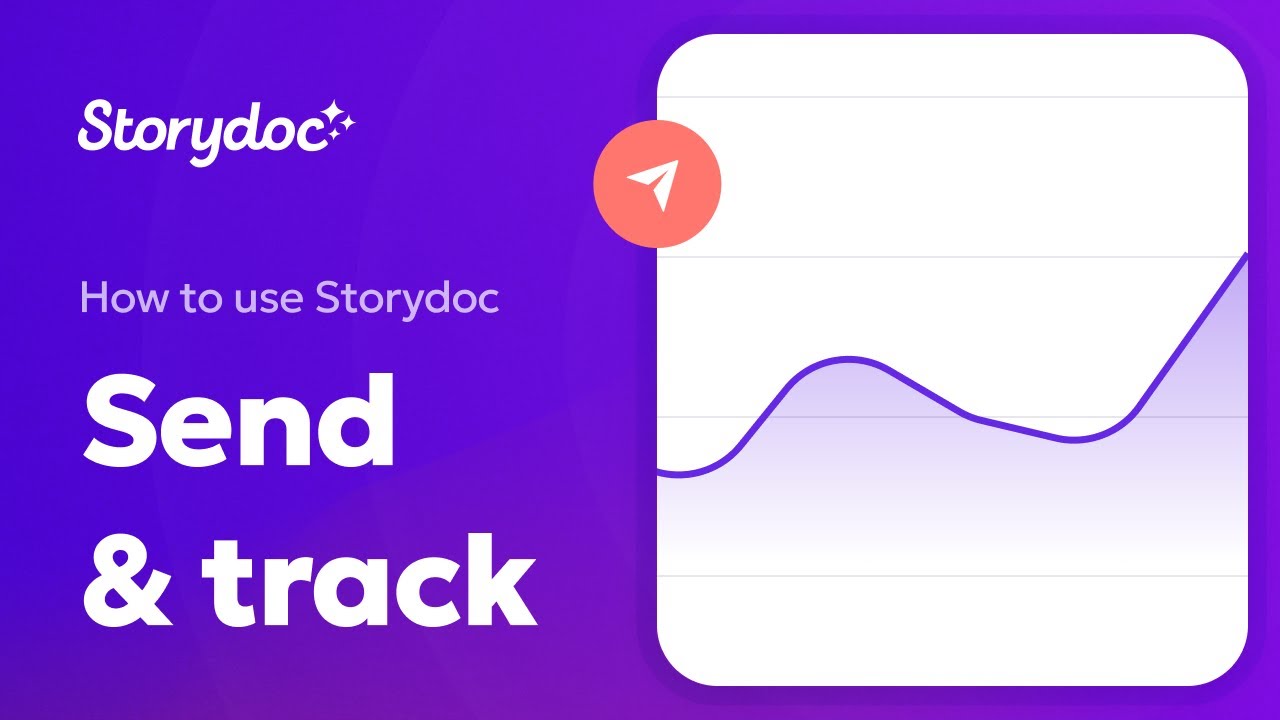Powered by

Learn what are the best alternatives to PDF file format and why you can't afford to keep using PDFs if you hope to achieve your goals.
Dominika Krukowska
4 minute read
Share:
Short answer
While many opt for formats like ePub, MOBI, or DOCX, the best alternative to PDF is transitioning to an interactive web experience. It's mobile-friendly, engaging, and offers tracking capabilities.
This shift enhances user engagement and provides valuable insights that can be used to improve your content performance.
Stop losing opportunities to ineffective presentations.
Your new deck is one click away!














